Nettleleaf Horsemint: How to Grow Native Nectar for Bees and Butterflies
Medicinal herbsNettleleaf Horsemint (Agastache urticifolia) grows fragrant blooms that are a rich source of nectar for native bees, hummingbirds, and butterflies, including monarchs. This perennial plant also has traditional health benefits and is worth a space in medicinal herb gardens, wildflower meadows, and any water-wise landscaping.

What is Nettleleaf Horsemint?
With all the different kinds of nettles and mints that grow worldwide, it can be confusing as to what kinds to grow and which to avoid. Identifying the variety by its scientific name is helpful since the common name in one part of the world might be referring to a different plant in another country.
Agastache urticifolia is the scientific name for Nettleleaf Horsemint. It is also commonly called giant hyssop and nettle-leaf horsemint. There are many varieties of the Agastache species, and urticifolia is not the stinging variety of nettle.
Nettleleaf horsemint is considered a native plant in western North America and grows in an area extending from British Columbia to California and over to Colorado.
As a member of the mint family, Nettleleaf Horsemint has the common identifiers of other mint plants with a square erect stem and leaves that grow opposite each other. The triangular-shaped leaves also have serrated edges.
When you crush the leaves of nettleleaf horsemint, they give off a strong minty and anise smell.
Traditional Uses of Nettleleaf Horsemint
As a native plant in the western United States, horsemint has been used by Native Americans for both food and medicine.
As a food source, the seeds were gathered and dried. Once dried, the seeds were crushed and cooked in porridge.
For medicinal uses, some tribes used the leaves to make cold water infusions that were taken internally to ease indigestion and stomach pains. Likewise, hot infusions were used for treating colds.
There is also evidence that some tribes placed the fragrant nettleleaf horsemint leaves in baby blankets to help break fevers.
Another traditional use was to mash the horsemint leaves to make a poultice that could be applied externally on the skin to treat swelling.
Horsemint has also been used in traditional medicine as a laxative.
Common uses for Nettleleaf Horsemint
While gathering the seeds for food is uncommon today, nettleleaf horsemint leaves are still harvested for medicinal uses.
Because the leaves of nettleleaf horsemint are considered to have pain-relieving properties, teas made from the leaves are taken internally for stomach pains, colds, and arthritis.
Poultices of smashed leaves can also be applied externally to reduce swelling.
In India, nettleleaf is currently used to treat diarrhea and respiratory diseases.
How to Grow Nettleleaf Horsemint
When growing horsemint, consider its natural environment. The mountainous woodlands and grassy areas where it grows naturally show that it can grow in full sun to partial shade.
Nettleleaf horsemint grows naturally in all kinds of conditions and poor soil. However, it has been documented that nettle leaf horsemint will grow even better in moist, well-draining soil with partial shade. Plants growing in full sun will be shorter than those growing in some shade.
Horsemint has a deep fibrous root system with moderate water needs. As a result, it can tolerate dry conditions but not tough drought.
Netteleaf horsemint plants can grow 1.5 to 6 feet high and spread up to 1.5 feet.
Another tip to note is that seed germination rates are better in full sun. That’s why you may want to start seeds indoors and then transplant if needed. Although planting outside works well, especially if the leaves on the trees aren’t fully developed and completely shading the area.
Although it grows in wet and dry habitats, it is not exceptionally drought-tolerant.
How to germinate horsemint seeds
Nettleleaf horsemint seeds are not difficult to germinate. The main tip to remember is that the seeds need light and warmth to germinate.
- To plant nettleleaf horsemint, press seeds into a damp growing medium. The seeds need light to germinate, so they don’t need to be covered.
- Keep seeds moist until they start to sprout, which will take 14 to 28 days. Covering with a humidity dome or plastic wrap will help.
- Warm soil, around 55º to 70º, will result in higher germination rates.
- You can also sow Nettleleaf horsemint seeds outdoors. If direct sowing outdoors, you will want to protect the seeds from rodents until they germinate.
Nettle-leaf Horsemint, Giant Hyssop, whatever you call it, bees and butterflies love it!
Flowering Nettleleaf
Like many mints, horsemint flowers grow in a densely covered spike. In most locations, nettleleaf horsemint will bloom in June, July, August, and September. The exact time depends on the temperature, light, and elevation.
The fragrant blossoms are highly attractive to pollinators which is a good thing since the flowers need pollination to produce seeds. The seeds will develop into a nutlet after pollination and can be collected to plant in other locations or allowed to fall and self-seed year after year.

Can Nettleleaf Horsemint be grown in pots?
The tall flowers can look stunning in a pot. Just ensure the container is large enough to hold this plant, as it typically gets 5 feet tall and 1.5 feet wide. It will also need to be a container that drains well.
Nettleleaf Horsemint Tea
Nettleleaf tea is a popular way to enjoy its medicinal benefits. You can make your own horsemint tea by steeping the leaves in boiling water just as you would for other herbal teas. The flavor will be an earthy flavor with a hint of licorice and mint.
Nettleleaf Horsemint Essential Oil
Warm weather helps the plant produce more essential oils and start flowering. You will be able to extract more essential oils if you harvest while the plant is blooming.
While you may not have considered growing nettleleaf horsemint in your home garden, you can see why this attractive plant could be beneficial for pollinators. In addition, if you’re looking for a native flower that can thrive with other wildflowers and have medicinal uses, Nettleleaf Horsemint could be just what you need.





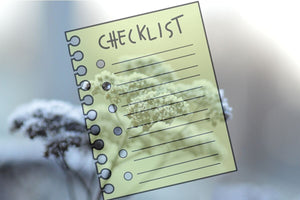

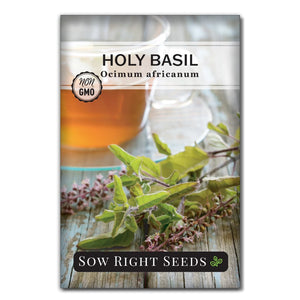
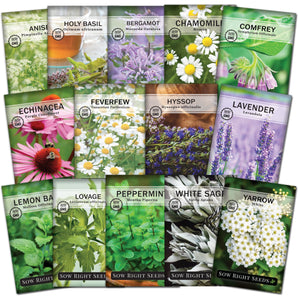
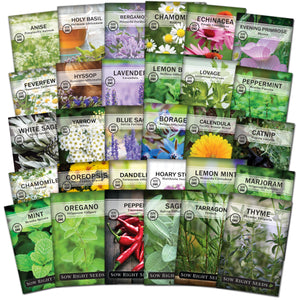
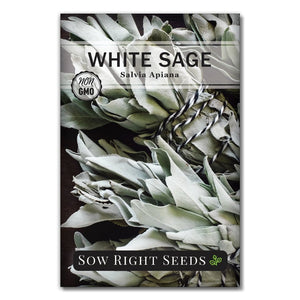
Leave a comment